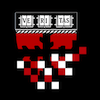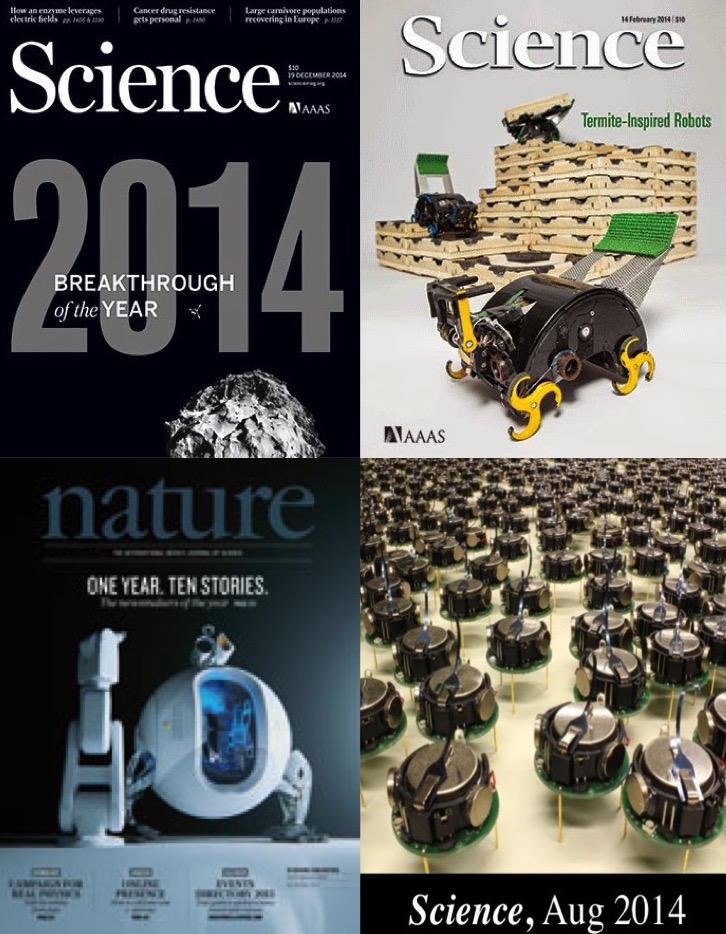Citation:
| alife2017-esterly.pdf | 3.6 MB |
Abstract:
Cooperative transport is an impressive example of collective behavior in ants, where groups of ants work together to move heavy food objects back to their nest over heterogeneous terrain. This behavior also serves as a model for bio-inspired robotics. While many studies have considered the mechanisms by which ants transport objects in simple settings, few have looked at how they deal with obstacles and heterogeneous terrain. A recent study on Paratrechina longicornis (crazy ants) demonstrated that groups of these ants implement a stochastic, adaptive, and robust cooperative transport strategy that allows them to succeed at navigating challenging obstacles that require moving away from their goal. In this paper, we use group-level computational models to investigate the significance and implications of this biological strategy. We develop an algorithm that reproduces important elements of the strategy, and compare it to several benchmark algorithms for a range of obstacle sizes and shapes. Our results show that, for smaller obstacles, the ant-inspired adaptive stochastic strategy is adept at efficient navigation, due to its ability to match the level of randomness it uses to unknown object size and shape. We also find some unexpected differences between our results and the original ant transport behavior, suggesting new biological experiments.

